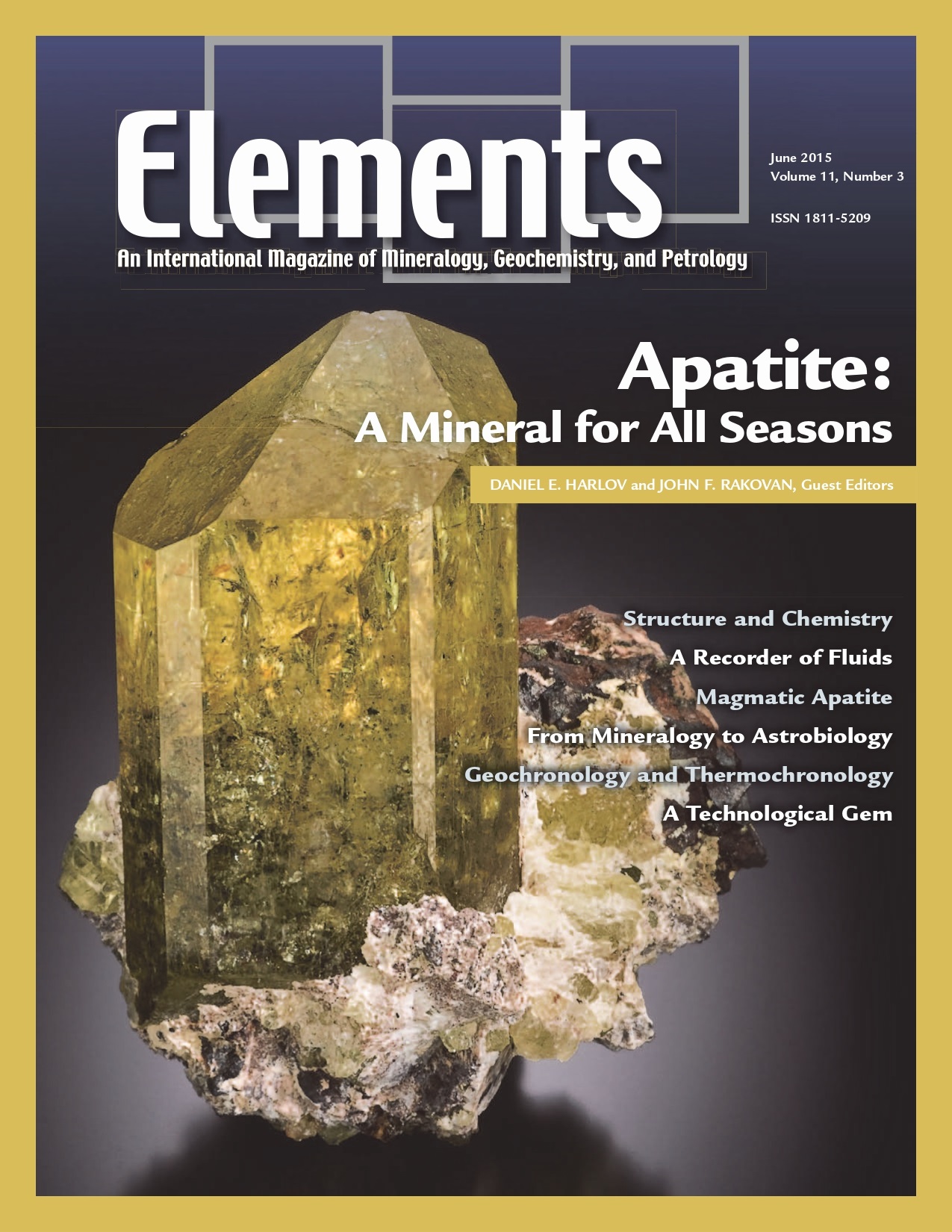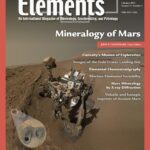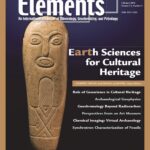Apatite: A Mineral For All Seasons, June 2015, Vol. 11, No. 3
$20.00
At the intersection of the biological, geological, and materials science realms, the topic of apatite is highly diverse and interdisciplinary. Apatite-group minerals are the dominant phosphates in the geosphere and biosphere.
Apatite: A Mineral For All Seasons
June 2015, Vol. 11, No. 3
At the intersection of the biological, geological, and materials science realms, the topic of apatite is highly diverse and interdisciplinary. Apatite-group minerals are the dominant phosphates in the geosphere and biosphere. They are found in virtually all rock types as the principal sink for phosphorus and fluorine, and in many cases yttrium and the rare earth elements. They form the major mineral component in vertebrate bones and are the base of the global phosphorus cycle. The isotope chemistry of U, Th, and Pb in apatite has led to their broad application in geochronology. Last, the physical and chemical properties of apatite group minerals make them ideal for many technological applications, including phosphors, lasers, prosthetics, ceramics, metal sequestration agents, and potential solid nuclear waste forms. This issue of Elements presents cutting-edge research on apatite with regard to (1) geochemical investigations on crustal and mantle processes on Earth, (2) biological processes, (3) practical applications in industry, and (4) geochemical processes in extraterrestrial environments.
Why You’ll Love Elements Magazine:
- Expert Contributors: Articles written by renowned researchers in the field of geoscience.
- Engaging Content: Join a community of readers who are passionate about Elements.
- Exceptional Quality: Each issue is printed on high-quality paper with stunning visuals and detailed illustrations that bring complex scientific concepts to life.
Order your copy of the June 2015 issue of Elements magazine today and discover apatite: a mineral for all seasons.
Related products
-
Frontiers In Textural And Microgeochemical Analysis, August 2007, Vol. 3, No. 4
$20.00Recent advances have been made in high-resolution in situ methods to image mineral growth patterns, analyse compositional and isotopic zonation, and improve our ability to visualize, study, and model rock textures in three dimensions. These advances provide a significant step forward in the understanding of how rocks form and the history they can tell us.
-
Supervolcanoes, February 2008, Vol. 4, No. 1
$20.00Explosive super-eruptions from large volume, shallow magma systems lead to enormous and devastating pyroclastic flows, the formation of gigantic collapse calderas, and deposition of volcanic ash over continent-sized areas. Recognition that future eruptions from these “supervolcanoes” will undoubtedly have severe impacts on society—and perhaps on life itself—has led to recent public and media interest.
-
Zircon – Tiny But Timely, February 2007, Vol. 3, No. 1
$20.00Where would Earth science be without zircon? As Earth’s timekeeper, zircon has proven to be a remarkable and versatile mineral, providing insights into deep time and ancient Earth processes. However, there is still much to learn about Earth’s history from zircon and its behaviour.






